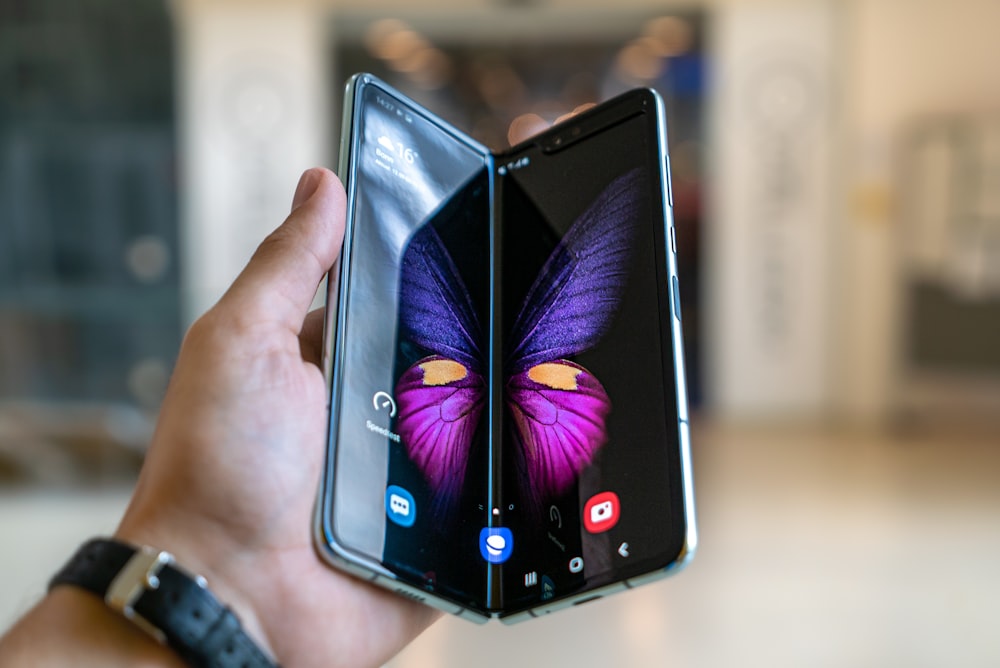Table of Contents
Introduction
The rapid evolution of smartphone technology has consistently transformed various sectors, from healthcare to entertainment. However, one of the most promising areas of impact is education. By 2025, advancements in smartphone technology are expected to revolutionize learning by making education more accessible, interactive, and personalized.
From AI-powered tutoring to augmented reality (AR) classrooms, the next generation of smartphones will bridge gaps in traditional education systems, particularly in underprivileged regions. This blog post explores the cutting-edge smartphone technologies anticipated in 2025 and how they could reshape the future of education.
1. Artificial Intelligence (AI) and Personalized Learning
AI-Powered Virtual Tutors
By 2025, smartphones will integrate highly sophisticated AI-driven virtual tutors capable of adapting to individual learning styles. These tutors will leverage machine learning to analyze students’ strengths, weaknesses, and progress, offering customized lesson plans in real time.
For example, an AI tutor could detect when a student struggles with a math concept and adjust explanations accordingly—providing visual aids, step-by-step breakdowns, or even gamified quizzes to reinforce understanding.
Real-Time Language Translation and Learning Assistance
Language barriers remain a significant obstacle in global education. Future smartphones will feature near-instantaneous translation powered by neural networks, enabling students to learn in their native languages while accessing global educational content.

Imagine a student in rural India watching a lecture from Harvard—AI could translate and transcribe the content in real time, making world-class education universally accessible.
2. Augmented Reality (AR) and Immersive Learning
Interactive AR Classrooms
Augmented reality will transform smartphones into portable learning labs. Students will be able to visualize complex scientific concepts—such as molecular structures, historical events, or planetary movements—through interactive 3D models overlaid onto their physical surroundings.
For instance, biology students could dissect a virtual frog on their smartphone screens, while history students might witness historical battles unfold in their living rooms.
Virtual Field Trips
With AR and high-speed 5G/6G connectivity, students will no longer be limited by geography. Smartphones will enable virtual field trips to museums, archaeological sites, and even space stations, providing immersive educational experiences without leaving the classroom.
3. Foldable and Flexible Displays for Enhanced Productivity
Larger Screens for Better Multitasking
Foldable smartphones, expected to become mainstream by 2025, will feature expansive displays that mimic tablets when unfolded. This will allow students to:
- Split screens for note-taking while watching lectures
- Use digital textbooks with interactive annotations
- Collaborate on projects in real time with peers

Durability and Affordability
As foldable technology matures, costs will decrease, making these devices more accessible to students in developing nations. Additionally, advancements in durable materials will ensure these devices withstand rigorous daily use.
4. 5G/6G Connectivity and Cloud-Based Learning
Seamless Access to Cloud Education Platforms
With ultra-fast 5G and emerging 6G networks, smartphones will enable instant access to cloud-based learning platforms. Students will stream high-definition lectures, participate in live global classrooms, and download large educational files in seconds—eliminating buffering and connectivity issues.
Decentralized Learning with Blockchain
Blockchain-powered educational platforms could run efficiently on smartphones, allowing secure credentialing, tamper-proof academic records, and decentralized learning resources. This ensures that students in remote areas receive verifiable certifications without relying on traditional institutions.
5. Advanced Biometrics for Secure and Adaptive Learning
Eye-Tracking for Engagement Analysis
Future smartphones may incorporate eye-tracking sensors to monitor student engagement. If a learner’s attention drifts, the system could prompt interactive elements or adjust content delivery to re-engage them.
Voice and Emotion Recognition
AI-driven voice analysis could detect frustration or confusion in a student’s tone, allowing the system to offer additional support or alternative learning methods.
6. Sustainable and Affordable Smartphones for Global Education
Modular and Repairable Designs
To ensure long-term accessibility, manufacturers may adopt modular smartphone designs, allowing students to replace or upgrade individual components (such as batteries or cameras) rather than purchasing entirely new devices.
Solar-Powered and Low-Energy Devices
In regions with limited electricity, solar-powered smartphones with ultra-efficient processors could provide uninterrupted access to digital learning tools.
Conclusion: A New Era of Smartphone-Powered Education
By 2025, smartphones will no longer be mere communication devices—they will serve as powerful educational tools capable of democratizing learning worldwide. AI-driven personalization, AR-enhanced interactivity, and global connectivity will break down traditional barriers, ensuring that quality education is accessible to all, regardless of location or socioeconomic status.
As these technologies mature, policymakers, educators, and tech developers must collaborate to integrate them effectively into curricula. The future of education is not confined to classrooms—it fits in the palm of every student’s hand.
Are you excited about how smartphones will shape education in 2025? Share your thoughts in the comments below!
Author Bio:
Elite is a tech enthusiast and education advocate with a passion for exploring how emerging technologies can transform learning. Follow us and subscribe to our blog for more insights on the future of education and innovation.
Keywords: Smartphone technology 2025, AI in education, AR learning, foldable smartphones, 5G education, future of learning.







